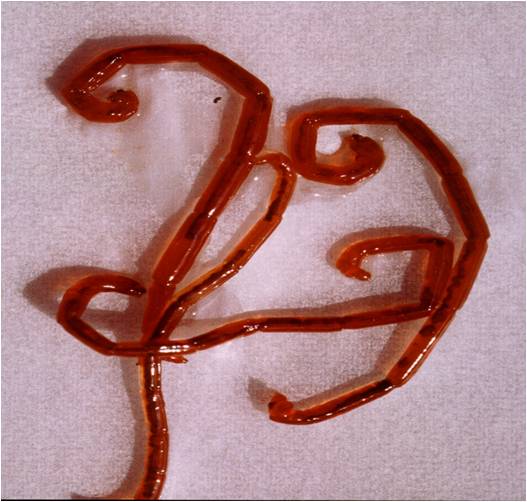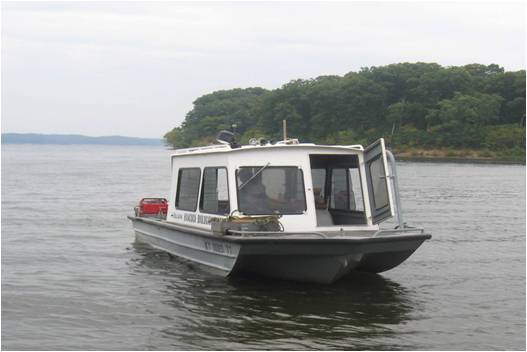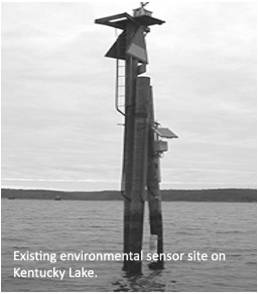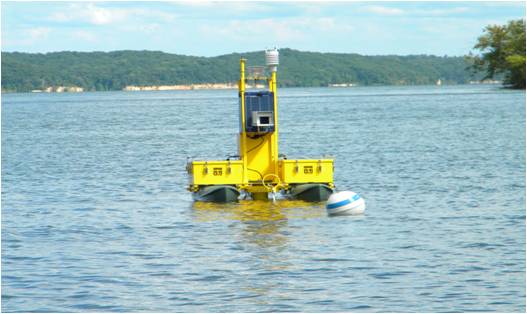BENTHIC ECOLOGY AND LIMNOLOGY
My interest in benthic ecology began as an undergraduate at DePauw University where I investigated the effects of suspended sediments on stream benthos. Since then my students and I have worked on the near-shore benthic community in Lake Michigan, the benthos of northern Michigan streams, and now the limnology and benthic communities of Kentucky Lake. My specialty group is the aquatic Coleoptera, particularly the riffle beetles. I have described several new species and completed a revision of the genus Optioservus. I have been fortunate to have been involved in authoring the aquatic Coleoptera chapters in several texts. My present focus is on temporal changes in chemistry and plankton of Kentucky Lake.
|
 |
 |
INVASIVE SPECIES
Because reservoirs are human-created ecosystems, every organism now present could be considered an invader. However, most of the species of plants and animals are native to the region. Noteworthy nonnative invaders in Kentucky Lake now include the Asiatic clam, the bankclimber mussel, the cladoceran Daphnia lumholtzi, and the silver carp. The zebra mussel has been recorded sporadically in Kentucky Lake. In 2017, we experienced a massive zebra mussel invasion that lasted only one year. We are very interested in what caused the invasion. Long-term and real-time monitoring have shown that the silver carp and the combination of zebra mussels and silver carp have dramatically changed the phytoplankton and water quality of the lake. My interest is in how these and other invaders alter community structures and thus ecosystem functions. |
 |
LONG-TERM LIMNOLOGICAL MONITORING
In 1988, the Center for Reservoir Research (CRR - now the Watershed Studies Institute, WSI) began a long-term monitoring program on Kentucky Lake. As of the end of 2021, we will have completed nearly 700 data cruises at 12-14 sites. The 16 day interval cruises collect a variety of water chemistry measurements including profiles of oxygen, temperature, turbidity, pH, etc. Also measured at each site are 14C primary production, chlorophyll a, phytoplankton, and zooplankton. The monitoring program was designed to understand patterns in both the main lake and the contributions of various sizes of tributaries in both pristine and human dominated landscapes. All of the data are available for research. Data are available on the HBS and WSI websites. |
REAL-TIME LIMNOLOGICAL MONITORING
Established in 2005, a real-time monitoring site was installed in Kentucky Lake on the Highland navigation light. Data are returned every 15 minutes and are being used to compare Kentucky Lake processes, such as respiration, with lakes and reservoirs around the world. Several of these efforts have been carried out through the Global Lake Ecological Observatory Network (GLEON). The data also are helping us to understand how invasive species such as Daphnia lumholtzi or Asian carp, enter into and compete with natural communities. Present efforts are focusing on zooplankton patterns over the first 30 years of monitoring and how landscape and climate change may be affecting community structure. Real time data (24 hr averages) are available on the HBS website and are being used by researchers, local marinas, and sportsmen. Addition real-time monitoring sites have been added through the VOEIS and SENSE grants (see below). |
 |
 |
VOEIS
In 2009, HBS was awarded an NSF four year cyberinfrastructure grant in conjunction with the University of Montana's Flathead Lake Biological Station. The goals of the grant were to instrument both lakes with real-time sensors, to compare real-time with long-term data, to create a data hub, and to determine novel ways of visualizing the results. The data from the sensors are available for collaborative research. Additional monitoring buoys were placed in an agriculturally influenced embayment and in a forested embayment.
SENSE
In 2017, HBS was awarded a second NSF cyberinfrastructure grant in conjunction with the University of Kentucky and Marshall University. The focus of this grant was to use existing real-time monitoring platforms and cyberinfrastructure to predict harmful algal blooms in the Ohio River basin. Monitoring platforms have been updated to include nitrogen and phosphorus sensors.
|




